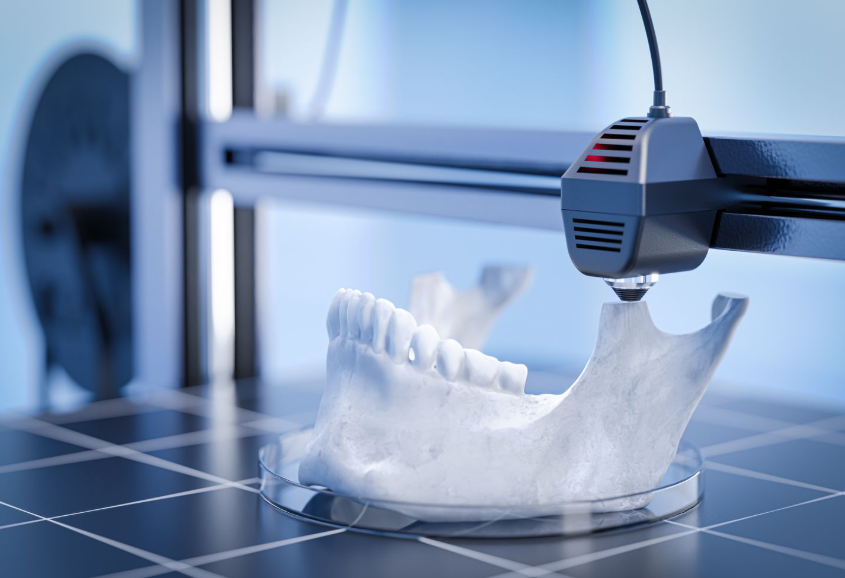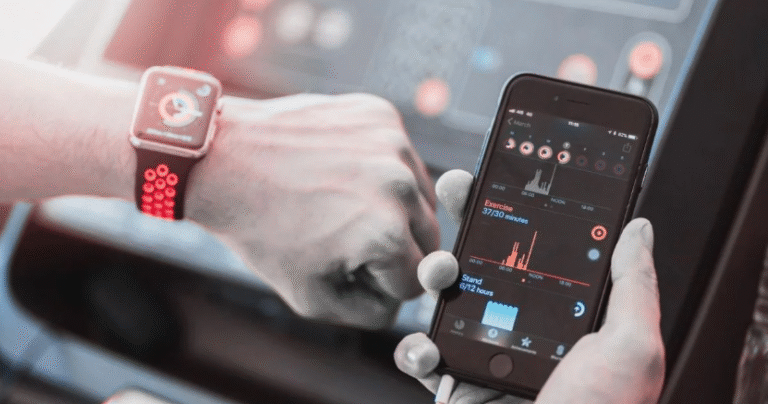What Is 3D Bioprinting and How Is It Changing Medicine?

3D bioprinting represents a significant advancement in medical technology. It employs bioinks to construct intricate tissue structures with precision. This innovation addresses critical challenges in organ transplantation and enhances drug development processes. As researchers continue to explore its potential, the implications for personalized medicine and regenerative therapies are profound. What remains to be seen is how these developments will reshape patient care and the ethical considerations that accompany them.
Understanding the Basics of 3D Bioprinting
Although 3D bioprinting is a relatively nascent technology, it has swiftly emerged as a transformative technique in the field of medicine.
This innovative bioprinting technology facilitates the precise deposition of bioinks, enabling the creation of intricate cell scaffolding structures.
These scaffolds serve as vital frameworks for cellular growth, potentially revolutionizing tissue engineering and personalized medicine by fostering more effective regenerative solutions.
Applications in Regenerative Medicine
The capabilities of 3D bioprinting extend far beyond the mere creation of scaffolds, positioning it at the forefront of regenerative medicine applications.
This innovative technology facilitates tissue engineering by enabling the precise fabrication of complex tissue structures.
Additionally, organ fabrication represents a revolutionary advancement, allowing for the potential development of functional organs tailored to individual patients, thereby addressing critical shortages in transplantation.
See also: What Are Wearable Tech Devices and How Are They Transforming Our Lives?
Advancements in Transplantation Techniques
As advancements in transplantation techniques continue to emerge, 3D bioprinting stands out as a transformative force in the field.
This innovative approach enables the creation of bioprinted organs tailored to individual patients, significantly reducing the dependency on traditional organ transplants.
The Future of Drug Development and Personalized Medicine
While traditional drug development often relies on a one-size-fits-all approach, the integration of 3D bioprinting is poised to redefine personalized medicine by enabling the creation of patient-specific drug models.
This innovative technology facilitates advanced drug screening and the development of tailored therapies, enhancing efficacy and reducing adverse effects.
As a result, it promises a transformative shift towards individualized treatment paradigms in modern healthcare.
Conclusion
In the realm of medicine, 3D bioprinting emerges as a masterful artist, crafting intricate sculptures of life from bioinks, akin to a potter molding clay. With the potential to create tailored organs and personalized drug models, this technology promises to reshape the healthcare landscape. As researchers harness the precision of bioprinting, they are not merely building structures but are weaving the fabric of future therapies, transforming the dream of regenerative medicine into a tangible reality, one layer at a time.


